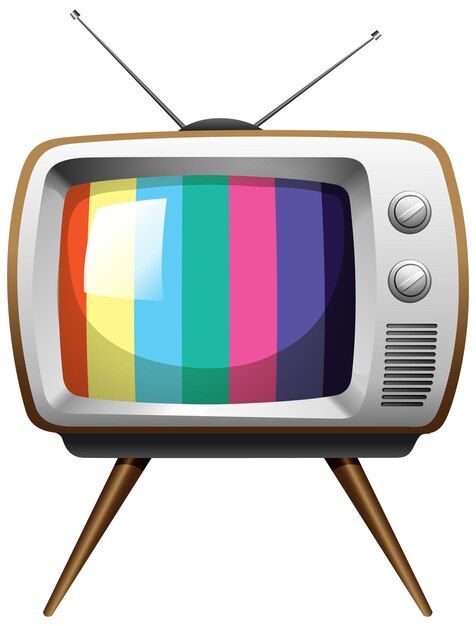Television (TV) is a telecommunication medium used for transmitting moving images in monochrome (black and white), or in color, and in two or three dimensions and sound. The term can refer to a television set, a television program (“TV show”), or the medium of television transmission. Television is a mass medium for entertainment, education, news, politics, gossip, and advertising.
Television became available in crude experimental forms in the late 1920s. After World War II, an improved form became popular as people bought more expensive sets. In the 1950s color broadcasts started to become available on TV (although most programming was still in black-and-white). Today there are millions of televisions around the world; over a billion people have at least one set. By 2007 about 80% of households had at least one color TV. Most broadcasters transmit their signal using digital terrestrial methods such as DVB-T (in Europe), DMB-T/H (in China), ISDB-T (in Japan) or ATSC (in North America); however some countries use other technologies such as satellite television or cable television systems.
The word “television” comes from Ancient Greek τῆλε ([tèle], far) and Latin visio ([viˈsi.oː], sight). The first documented usage of the term dates back to 1900, when Russian scientist Constantin Perskyi used it in a paper that he presented at the International Electricity Congress held in Paris. Perskyi’s paper reviewed the existing electromechanical technologies leading up to that time and briefly described his vision for an electromagnetic technology that would allow humans to see distant objects just as they see nearby ones—a technology he termed “teleVision”.


